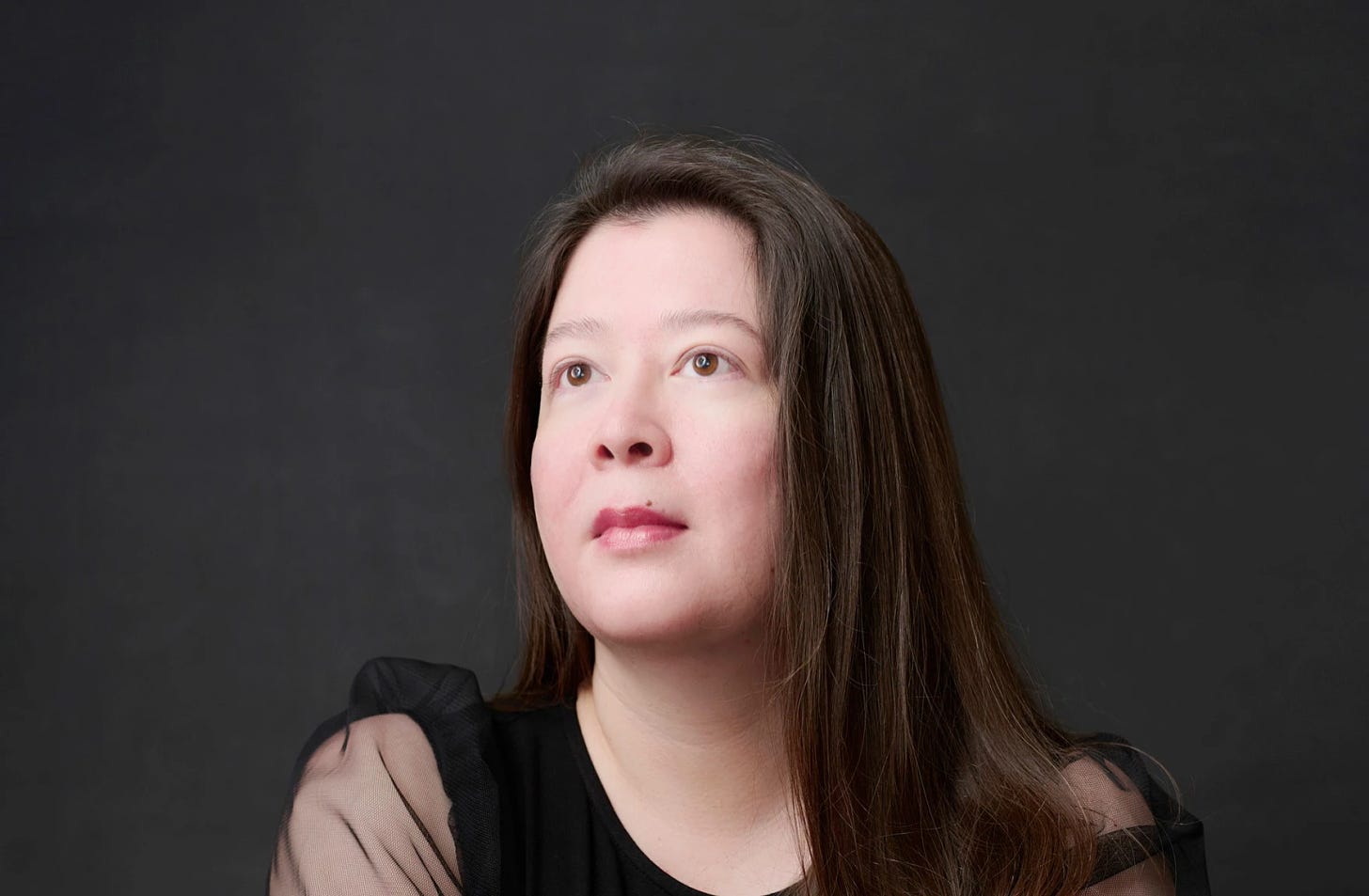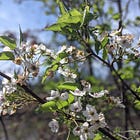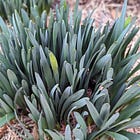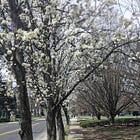

Discover more from Write More, Be Less Careful
how to start with a dress and end with a poem
poet Karen Rigby on using art, from paintings to figure skating and fashion, to inspire the poems in her new book FABULOSA
Hello there! Welcome to Write More, Be Less Careful, a newsletter about making space for creative practice in a busy life. I’m a poet and an essayist, and my most recent books are the poetry collection Pocket Universe and the anthology The Long Devotion: Poets Writing Motherhood, which I edited with the poet Emily Pérez. My next book, The Good Mother Myth, will be out in January 2025, and you can pre-order it now!
Today’s post is in the tending section, which is a mix of essays and interviews about creative practice that do a deeper dive into a particular craft element or process question. If you’re looking for some creative inspiration, I think you’ll really love today’s piece by poet Karen Rigby, about using art to spark your writing.
Today’s post is a guest essay by Karen Rigby, a poet whose new book, Fabulosa, ranges from Dior to Endeavour Morse to Hieronymus Bosch. I was particularly drawn to the mix of keen observation and sharp analysis in these poems, which put, for example, Dior’s New Look in conversation with the anxieties of the atomic age. (More on that below!)
I was especially excited to feature this interview and prompt now because, in the swamp of mid-summer, I think it can be hard to find inspiration and mental space for writing, and the prompt Karen shares below feels like a really fun, approachable way to spark a new piece of writing.
Below, Karen describes how she came to write these ekphrastic poems about fashion, and she provides a really great, step by step prompt to guide you into trying out some ekphrastic writing of your own. (Karen’s a poet, but I think this prompt could guide you into writing a really great essay as well, so don’t let the line breaks scare you off!)
one question for Karen
I was so drawn to the ekphrastic work in your new book—poems inspired by paintings by Brueghel and William-Adolphe Bouguereau, as well as by other art forms, like Olympic figure skating programs by Johnny Weir and Carolina Kostner. But I wanted to ask you specifically about the poems written in response to fashion, because I don’t think I’ve seen ekphrastic poems in that vein before. You have a beautiful poem, “On Marion Cotillard’s 2008 Oscar Dress” and another, “The Bar Suit,” in response to Dior’s 1947 collection. I particularly love the way that poem places us in the wild juxtapositions of that moment in history: “The year an editor crowns Dior’s collection / as the New Look, the Doomsday Clock debuts // on the cover of the Bulletin of the Atomic Scientists.”
How did you come to those poems—ekphrastic poems inspired not by paintings or sculpture, but by fashion, which isn’t always thought of as an art form? And what kind of research (including close looking as a form of research) went into the writing?
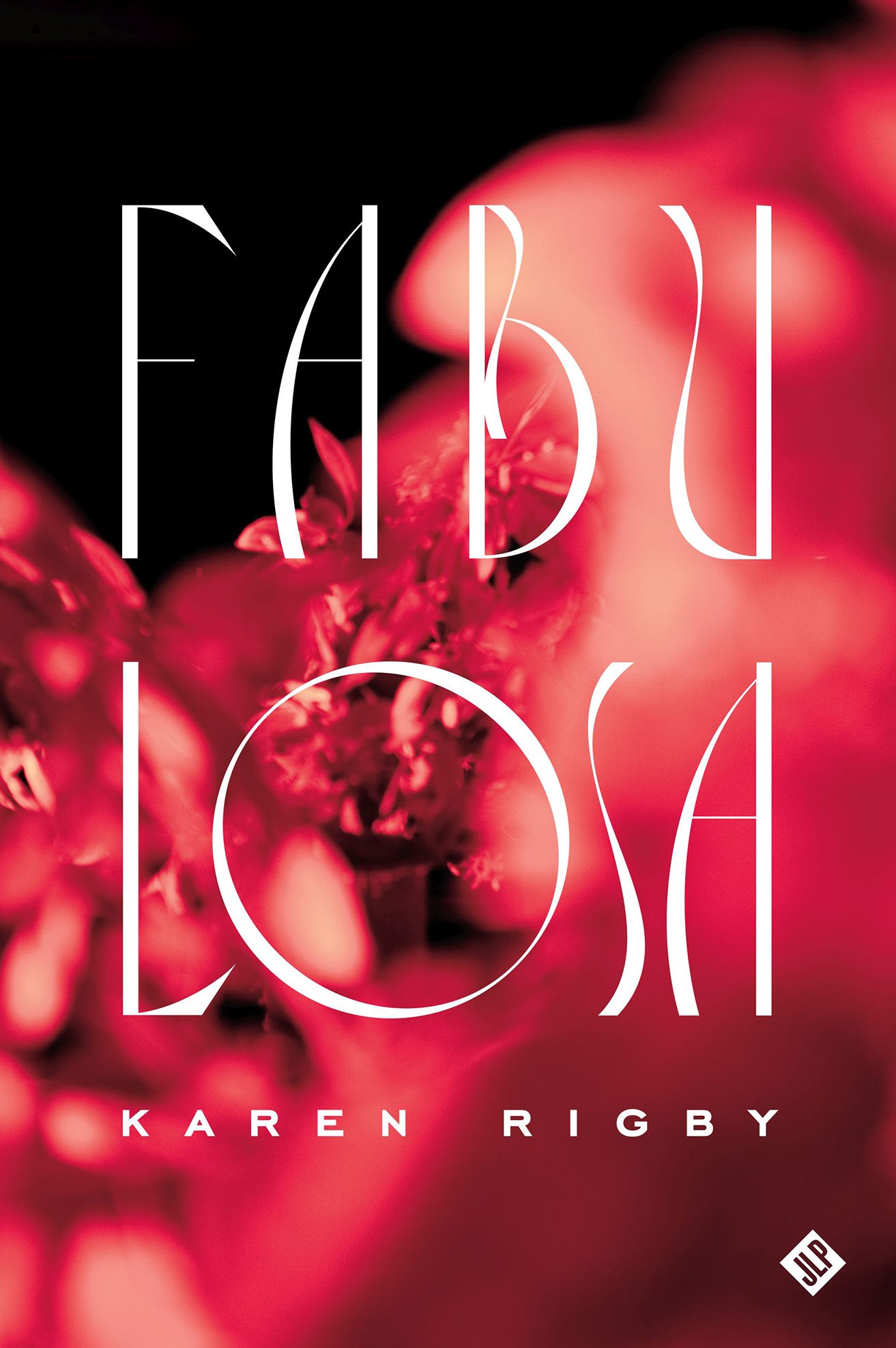
Karen
Many of my favorite poems feature dresses, including Lynn Emanuel’s “The White Dress,” which begins:
What does it feel like to be this shroud
on a hanger, this storm cloud hanging
in the closet?
From that questioning invitation, her poem unfolds, and goes on to describe “an eczema / of sequins” which startles me every time. With only a few vivid words, she conjures inflamed, scaling skin. I think about the beauty of the dress, but also abrasion, and the tactile sensation of riffling across a sparkling surface.
It’s such an unexpected pairing of words. Now, contemplating a dress opens up new pathways. I’m reminded, as a writer, that a dress doesn’t have to be soft. We can bring a whole other textured language and contrast into a poem.
When it comes to the ekphrastic, I’m interested at the point where the poet brings in their own perspective, and their particular language, which then transforms how I’m seeing what they’re seeing.
Emanuel’s poem can be read in full as a sample .pdf on the University of Pittsburgh Press website. It’s from her collection Then, Suddenly, which I’d encourage everyone to read. To find even more poems, here is the Academy of American Poets feature “Poems for the Clothesline” which includes everything from shirts to couture and shoes.
When I was writing “The Bar Suit” I knew that it was an iconic Dior piece. I’d only seen it in vintage fashion photographs, and for all of its black and white glamour, that structured wasp waist seemed impossible. The otherworldly simmered at the edges.
I decided to look more closely, and found the suit on The Met website. The absence of any human model amplifies its eerieness. Noting the year, 1947, made me consider what else was happening at that time. That’s how the poem found its center.
While the creation of the “New Look” doesn’t seem to have much to do with the debut of the Doomsday clock, the two occurrences seemed to fit instinctively. A poem makes connections all of the time. Now here was a background for this suit to exist in. Here was a context for the dangerous feeling it evoked in me. In turn, that gave me the word “reactor” which I include in the line, “Inside meringue and black couture, the spleen / builds its own reactor.” Part of what I love about poetry is that it seldom ends where it began.
If you’d like to try it out . . .
Find a photo in The Costume Institute collection that strikes you.
Write down a few initial impressions.
Now go back. Where can you complicate details when you look again? Is there an “eczema / of sequins” moment for you? A place to add contrast amid the splendor? Alternately, is there beauty to find even when an item doesn’t appeal to you?
Borrow language from another discipline, such as botany, industry, engineering, gastronomy, or dance. Are there connections to draw?
When was the item made and worn? What surprises you about that period?
Does the item remind you of a personal memory? A mood, fear, or desire?
Is there a singular detail that invites closer study? Consider the honeycombed skirt in Ensemble.
For more serious turns: what are we to make of costumes, such as those by Paul Poiret or the House of Paquin? When is fashion a celebratory tribute? When is it uninspired, exoticizing, thievery, or dangerous? What allures and repels? How might a poem challenge, query or critique in a clear-eyed way, while also moving beyond the initial gaze? Find a fashion piece that provokes, and examine your response to it.
For a sideways, humorous approach: is there any fun note included in the accompanying descriptions that seem worthy of tracing? Or of stitching into a playful found poem? Consider “It was a popular conceit that the cantilevers of these bustles could support an entire tea service” in this Dinner Dress.
For enriching vocabulary, find words or phrases that intrigue you enough to include them in a poem. Consider “stomacher,” “wands of willow” and “panniers” in this Court Dress.
I’d love to know what you find—feel free to share striking images, lines, or good ideas in the comments!
Born in the Republic of Panama, Karen Rigby now lives and writes in Arizona. Her latest poetry book, Fabulosa (JackLeg Press, 2024), is a Ms. Magazine “Best Poetry of ’23-‘24” selection. Her debut, Chinoiserie (Ahsahta Press, 2012), won the 2011 Sawtooth Poetry Prize. She is a National Endowment for the Arts literature fellow, and published in journals such as Bennington Review and Poetry Northwest. On August 20th Karen will be sharing work with poet Danika Stegeman in a virtual Notebooks Collective event.
a selection of prompts and inspiration for slow summer days
a guest prompt, written by Eugenia Leigh and inspired by a K. Iver poem, for writing an opposite-day poem
on experimenting with anaphora
Write More, Be Less Careful is a newsletter about why writing is hard & how to do it anyway. I’m so glad you’re here.
If Write More has helped you in your creative life, I’d love it if you would share it with a friend.







